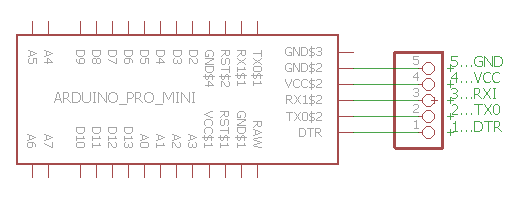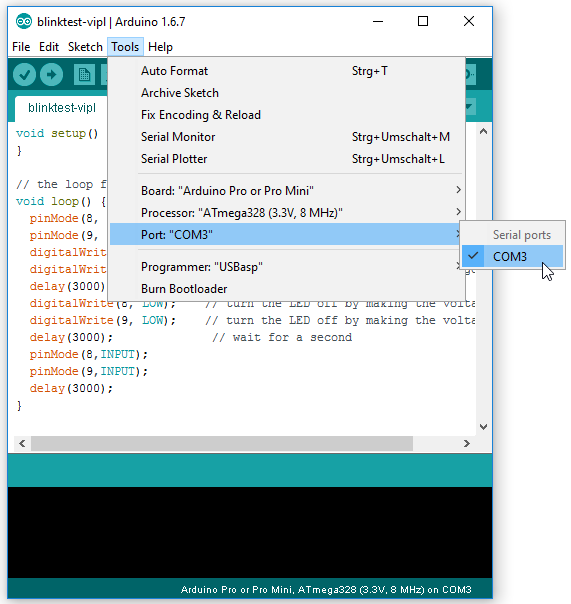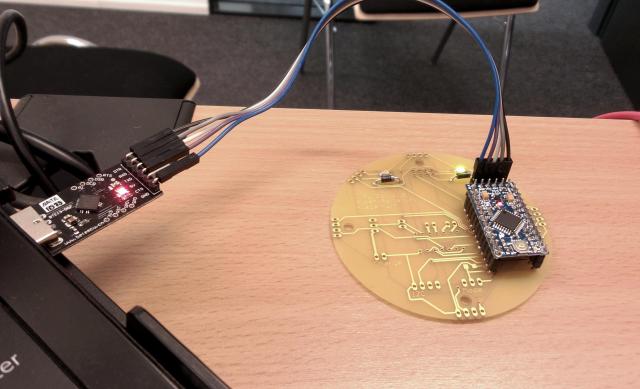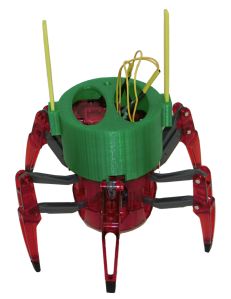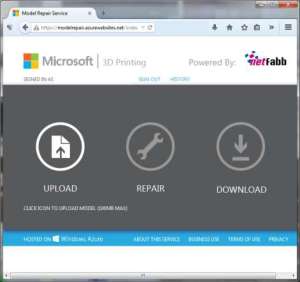Computer networks are usually characterized by their graph properties. Thus, a network consists of vertices representing network nodes and directed or undirected edges representing connectivity. Such networks can be characterized by density, average degree, diameter, and clustering coefficient. These measures have been successfully applied to describe mostly static, wirebound networks, such as generated random networks with Internet-like characteristics.
However, wireless network simulations typically compute a network by first using a spatial model to place the nodes, followed by calculating the connection probability with a radio propagation model.
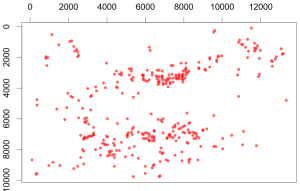
The node positions of the Berlin Freifunk wireless mesh network clearly indicated a non-uniform distribution
The connectivity of two nodes depends on the signal to noise ratio at the receiving node, which is a function of path loss, shadowing and fading models, and the current transmission power of nearby nodes. Connectivity models often are probabilistic, thus yielding an expected reception probability for any given link.
To characterize wireless networks, we suggest an alternative approach to using graph-theoretical network properties alone. We propose four metrics for this use case – nearest neighbor distribution, threshold degree, probabilistic degree, and inhomogeneity factor – and demonstrated their application using four real-world networks and an artificially created topology as examples. Our examples show that real-world topologies are much more spatially clustered than a uniform distribution of nodes on the same terrain would be. The nearest neighbor metric and inhomogeneity factor can be used to directly assess the amount of clustering in such topologies while the threshold and probabilistic degree will give an indication of what to expect in terms of the resulting graph once the propagation model is applied. Consequently, we recommend employing all four metrics in order to describe a topology with respect to its network properties and assess its validity for use in simulation.
To learn more, check out the paper:
Martina Umlauft and Wilfried Elmenreich. Topology Characterization for Position-based Wireless Network Topology Generators. In Anna Maria Vegni, editor, 15th International Conference on Wireless and Mobile Computing, Networking and Communications (WiMob 2019), Piscataway (NJ), Oktober 2019. IEEE.



